How to grow Artichokes step by step: planting, care and harvest
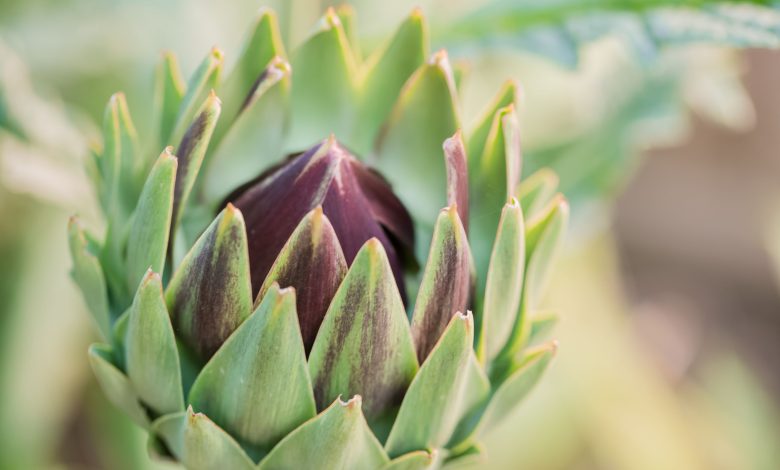
Very good to all Agrohuerters. Today we are going to see how to grow artichokes because the truth is that this species of the Asteraceae family (Cynara cardunculus var. Scolymus) has a lot of beneficial properties (high fiber content, very good for the liver, etc…), and the advantage of being perennial, we can leave it in a permanent bed or a large pot year after year because it will give us artichokes again without having to replant it.
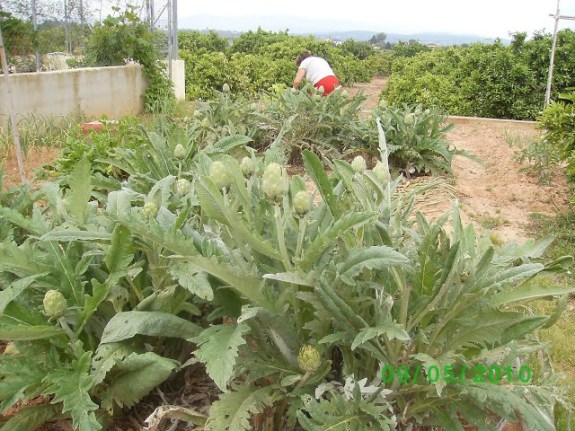
What do I need to grow artichokes?
To grow artichokes you have to take into account a couple of things, it is a somewhat delicate crop, it is not enough to plant it and that’s it. Normally they do not support extreme cold but they need a number of hours of cold to be able to develop correctly (vernalization temperature), they also do not support excess humidity, but they need the bed or the container to remain humid… Let’s go before starting to cultivate artichokes keep in mind that you are going to have to be very above them so that they grow correctly…
As always, it is recommended to grow artichokes in soils with good organic matter, that provide substrates rich in nutrients etc… You know that my garden is pure clay, a very heavy soil and not very rich in nutrients, so before planting the crop I have provided to this very bad soil a good dose of compost from the compost bin and that’s it, I hope it develops well, I’ll tell you about it…
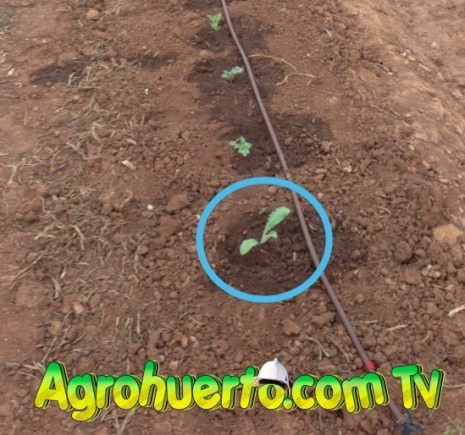
planting of artichokes
If you want to grow artichokes you can acquire the plant in different ways:
- Buy the seeds. You can make an artichoke seedbed from March to June, they are a bit delicate but they will surely germinate. Once you transplant the seed to the final land, you will harvest the first artichokes in the winter season of the following year, so be patient, do not plant artichokes in plots where you plan to carry out an early crop rotation.
- Buy the seedling. It is recommended if you are starting, because although they are expensive (the seedling cost me 50 cents) you have the guarantee that the most complicated phase of development has already been completed. From the time you plant the seedling until you get the first fruits, it can take about 8 months, so it is advisable to grow artichokes in a permanent bed so that you practically forget about it until harvesting and focus on other seasonal crops, something similar to you sow the seeds.
- Multiplication by cuttings. Surely some neighbor or acquaintance of yours usually grows artichokes, so ask them to obtain a rhizome from the mother plant, from there they usually take 4 or 5 cuttings. Once you have it, you simply plant it in the ground in July or August and wait for it to grow, once again be patient…
Regardless of the method you follow, be careful about a couple of things:
- The planting framework: The artichokes grow a lot, to be able to grow artichokes leave a space of about 1.5 meters between rows and almost 1 meter between plants.
- Temperature. I have already told you that to grow artichokes a certain number of hours of cold is necessary for their correct development, ask local farmers when is the most appropriate time to plant them in your area, this way you will prevent them from becoming too bitter due to the heat or too small because of the cold.
Development, collection and care of the artichoke
Once we have our artichoke cultivar, we arm ourselves with patience because, as I have told you, it will take approximately a year from the time we plant them until they bear the first fruits.
The collection of these fruits will surely begin in winter, we will collect the artichokes that are of a good size and the leaves (bracts of the inflorescence) are very compact.
In case you don’t know, we harvest the artichoke when it is not yet ripe… If we left the inflorescence untouched, it would give rise to a very beautiful flower, but one that we cannot eat

When harvesting them, we will first cut the stem of the central artichokes, they are the roundest and largest, below where the youngest artichokes that grow on the lateral stems are smaller and elongated.
This type of cut in the stem allows the plant to develop better the following year and withstand low temperatures more, so we will be better able to grow artichokes.

After the first harvest this does not end, to continue growing artichokes correctly the following year you have to prune the bush a little at ground level, with this the suckers (side branches) will develop that will give rise to more artichokes next year.
artichoke pests
Finally, a couple of tips so that you can grow artichokes better, this crop is susceptible to pests such as aphids or snails. We know very well how to control these critters, you only have to consult the related articles to obtain a lot of information.
A little more, I hope you are encouraged to plant your artichokes, I will tell you in this thread how my cultivation is and as always any suggestion or advice on how you grow artichokes are welcome, greetings!

![Photo of How to Plant Oleanders in your Garden: [Step by Step + Complete Guide]](https://www.complete-gardening.com/wp-content/uploads/2022/08/how-to-plant-oleanders-in-your-garden-step-by-step-complete-guide-390x220.jpg)
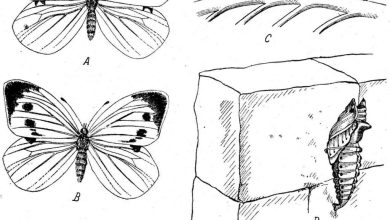
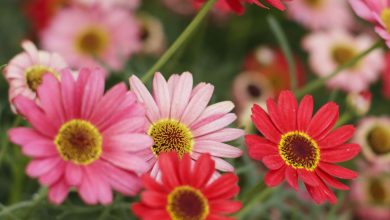
![Photo of 23 Resistant Outdoor Plants: [List, Characteristics and Care]](https://www.complete-gardening.com/wp-content/uploads/2022/08/23-resistant-outdoor-plants-list-characteristics-and-care-390x220.jpg)